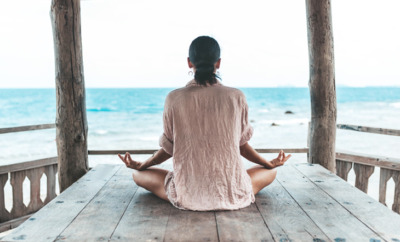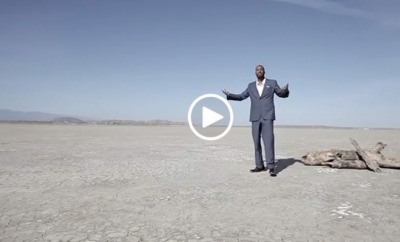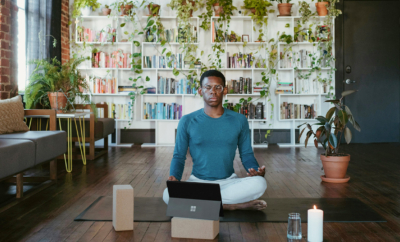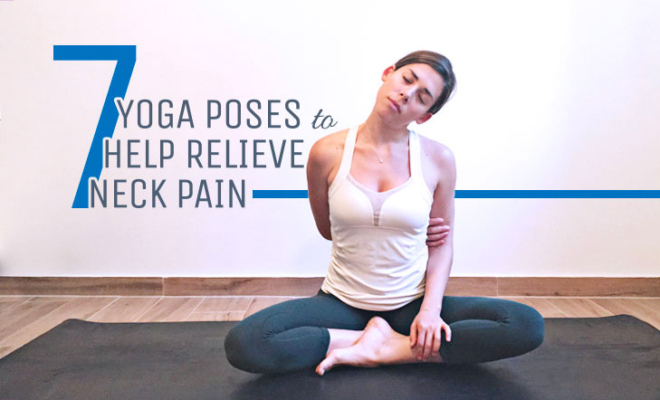Practice These 8 Simple Exercises to Infuse Your Day With Mindfulness

In its simplest form, mindfulness is being aware of something. More precisely it is paying acute attention to the present moment including breath, thoughts, feelings, sensations, body processes, and the surrounding environment. There are a vast array of mindfulness exercises that can help you to achieve this state of being.
The practice of mindfulness has roots tracing back to both Hindu and Buddhist religions. The Bhagavad Gita, a sacred Hindu text, discusses mindfulness through yoga and meditation.
The Buddhist principle of Right Mindfulness, Samma Sati, is part of the Eight-Fold Path and a foundational part of Buddhist practice.
Mindfulness in Buddhism has four foundations: body, feelings, mind, and objects of the mind. In other words, start with mindfulness of breath and move on to mindfulness of everything.
Beyond religious or spiritual expressions, mindfulness is also used in positive psychology, psychotherapy, and counseling settings. Science hasn’t yet been able to explain exactly why mindfulness works, but it can’t deny its benefits either.
What Is Mindfulness? And Why Bother Practicing Mindfulness Exercises?
Mindfulness helps us see reality as it is, bringing awareness and focus to the moment.
Like the physical practice of yoga when your thighs are burning from holding Chair Pose for what seems like an eternity and the yoga instructor reminds you that the sensation is temporary, mindfulness also teaches us that nothing is permanent. Thoughts, emotions, activity, and circumstances experienced in this moment will not last forever.
Mindfulness practice has two layers. The first is being present and focused on the current moment. You identify what you are thinking, feeling, observing, doing, or experiencing and focus your attention only on that. The second layer is non-judgment. Allow yourself to experience the moment without judging yourself for your thoughts or feelings.
Mindfulness helps us see reality as it is.
By practicing mindfulness exercises, we can change habits in our daily lives and break some destructive patterns. In a way, mindfulness helps you to identify what you are sensing and doing. Regular practice yields a ton of benefits, and the more you practice the more you’ll notice.
A cursory look at mindfulness benefits shows it can help to decrease stress, regulate emotions, feel more connected in relationships, reduce episodes of overthinking, improve sleep, and increase creativity.
This is How Mindfulness Actually Works + A Practice You Should Try The Next Time You’re Feeling Off
Here Are 8 Simple Mindfulness Exercises to Practice Every Day:
1. Set an Intention for Your Day Each Morning
This doesn’t have to be fancy and can take only a minute or two once you establish it as part of your daily routine. After waking up, when you are alert but not yet inundated with your day, set an intention that will guide your day.
An intention can be a single word, like gratitude or patience. It can be a statement, such as “Today I will be grateful in every moment.” Intentions can be anything that fit your needs and desires for the day.
Once you set your intention make sure that you return to it throughout your day and check in to see if you are living by your intention. If you’re not, without self-judgment, reaffirm your intention and carry on.
It may be helpful to write your intention down and put it somewhere you look frequently, such as by your computer, your fridge, or your phone’s lock screen.
The Power of Sankalpa: Here’s Everything You Need to Know About Setting Intentions in Yoga
2. Take a Three-Minute Breath Break
This is a quick exercise you can do anytime throughout your day to regain mindfulness and feel a bit more grounded.
To take a breath break, find any comfortable seat or lay down on your back. Make sure your spine is long and your shoulders are relaxed. Once you’re comfortable, exhale everything out, pause for a second or two, then slowly inhale filling your lungs all the way up, and pause again for another second or two.
Use your breath to help you focus only on this moment.
Then repeat this slow conscious breathing. Spend the first minute of your breath break becoming aware of your body and mind. Do you have any spots of tension, aches, or pains? Are you hungry or full? Is your mind wandering with distractions? Do you have any pressing thoughts or feelings? Acknowledge these and then move on.
For the second minute, bring your attention to your breathing. Feel your breath as it enters and leaves your body. Notice your belly and ribs move as you breathe in and out. Use your breath to help you focus only on this moment.
Finally, for the last minute, move onto expanding your awareness to your body as a whole. Enjoy the feeling of your heart beating, or the feeling of your breath on your lips as you exhale.
3. Eat Mindfully
So many times, we multitask while eating. We take working lunches, eat quickly between appointments, scroll through social media, or catch up on the latest episode of our favorite TV show all while mindlessly consuming our meals.
This multitasking means that we’re not really focusing on the experience of eating and the nourishment it brings us. So, try eating one meal a day mindfully. Set all distractions aside and focus on eating.
To up the benefits of this mindfulness exercise, you can try eating in silence, even if others are around. Try it with your partner, spouse, or children. You’ll be surprised by the wonderful tastes and textures of the food that you’ve been eating on autopilot and may even find yourself eating more or less as you listen to your body tell you when you’re full.
Want a Zenned Out Homelife? Try These 5 Mindfulness Techniques With Your Family
4. Do One Thing at a Time
One of the simplest mindfulness exercises to arrive at the present moment is to focus on one thing at a time. This is particularly helpful when you feel like you’re in a state of constant busyness.
In a world where the ability to multitask shows up on many job descriptions and is almost an essential skill for life, taking a step back and focusing on one thing at a time is countercultural.
Choose one thing each day that you will focus all your attention on while completing the task. It can be something simple like brushing your teeth or washing the dishes, or more complex like a task for work.
When distractions appear, either external or internal, bring your attention back to the activity at hand. After practicing this for several weeks you may notice that your attention and concentration has improved.
5. Use Technology to Your Benefit
There are many free apps available that provide guided mindfulness exercises and meditation activities. These sessions generally run from three to 15 minutes, and some apps also include bonus content for Yoga Nidra.
Search for “mindfulness” in the app store on your favorite device and try a few to find one that works for you.
6. Write Mindfully
You might not have kept a journal since middle school when you started every entry with “Dear Diary.” Don’t worry, mindful writing or journaling is a very different activity.
Mindful writing can take from five to 30 minutes, and you can do it as few as three times a week to have an impact. Begin by writing down some observations on thoughts, feelings, or state of mind.
Write a sentence, take a deep calming breath, write another sentence, take another deep calming breath. Repeat this process until the time is up.
Don’t worry about writing a cohesive paragraph, or even having a linear thought pattern, your writing can begin with no clear aim and might end that way as well. Some people even enjoy doing this activity with their eyes closed, there’s no grade for handwriting!
Want to learn more? Take Your Yoga Practice to the Next Level with Yoga Journaling + 3 Easy Steps to Get Started!
7. Check In With Your Thoughts and Feelings
This can be a quick mindfulness exercise that you can do throughout the day, as many times as you need. This is particularly helpful when you feel frazzled, overwhelmed, angry, or any time that you are highly emotive.
To do this check-in, ask yourself what you are feeling, thinking, or experiencing in this moment. The key to this is what are you experiencing right now, in this moment.
Once you identify these feelings, thoughts, or experiences, acknowledge them without judgment and then let them pass by. This self check-in is great as it helps you to consciously respond in situations rather than react to them. It also helps to develop overall self-awareness and control.
8. Move Mindfully
Yoga itself is a mindful practice. Yoga practice attempts to unite the body and the mind through quieting the mind and bringing awareness to the body and breath.
Mindful movement goes beyond simply participating in a yoga class. Ask yourself what your body needs today. Maybe it doesn’t need all the Vinyasas offered in a class, and that’s great. Listen and take a Child’s Pose instead.
Yoga itself is a mindful practice.
Perhaps your body needs invigorating, and you want to throw in a few extra inversions between flows. Whatever your body is telling you, listen to it and move the way you need.
Put Mindfulness Into Motion with Back to Presence on YA Classes
Observe the Profound Effects of These Mindfulness Exercises
Mindfulness can be a simple practice and making only a few small changes to your day will have profound benefits.
You don’t have to do all eight things on this list to practice mindfulness. Choose one or two to start with, and then add another one after a few days. You might surprise yourself with the benefits!
Need more mindfulness exercises? Found: 8 Useful Hacks to Make Mindfulness a Daily Habit


This Month's Letter
From the Editor
Monthly motivation and food for
thought from our founder.






























Comments